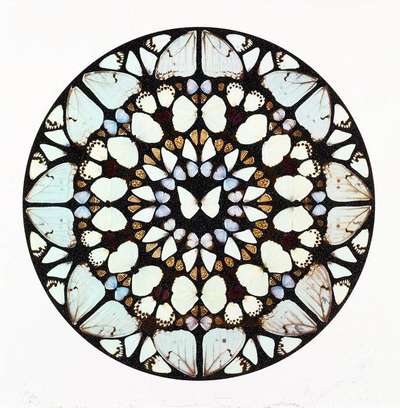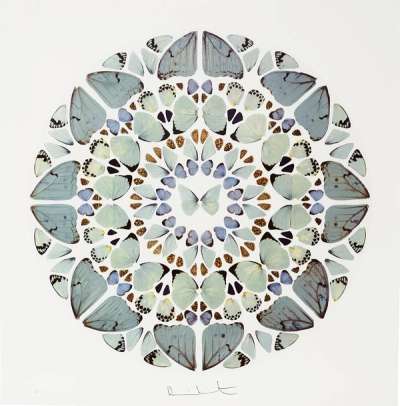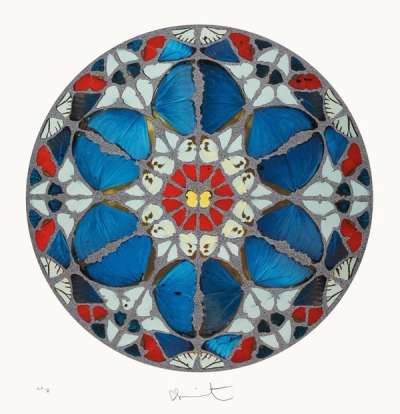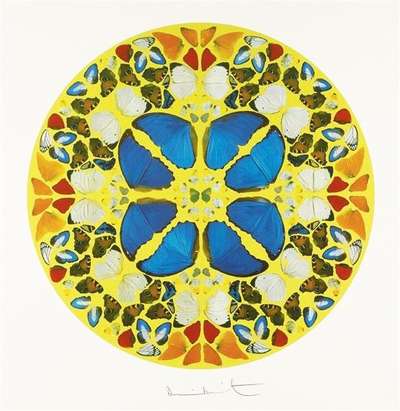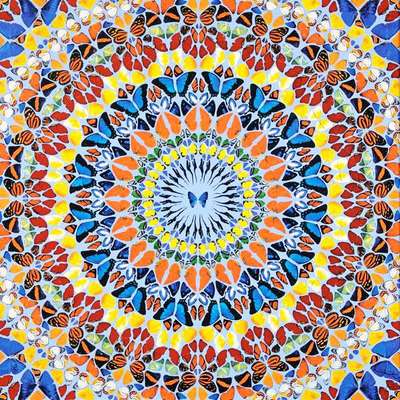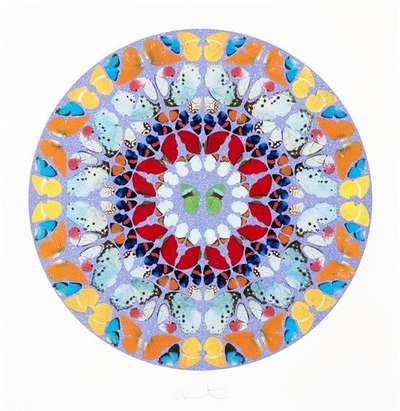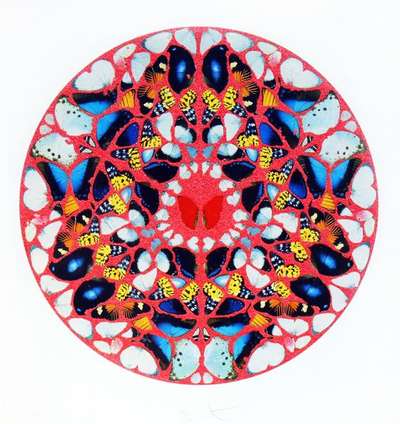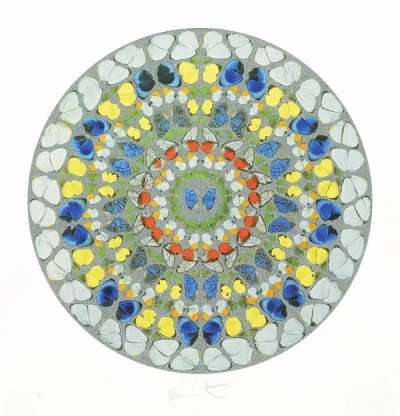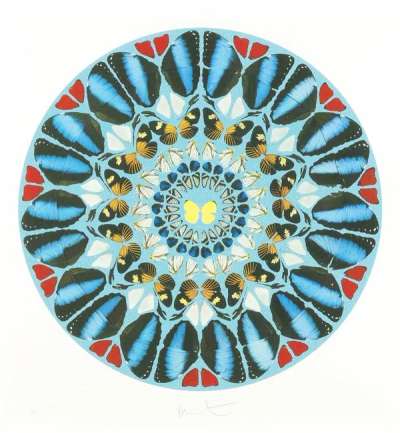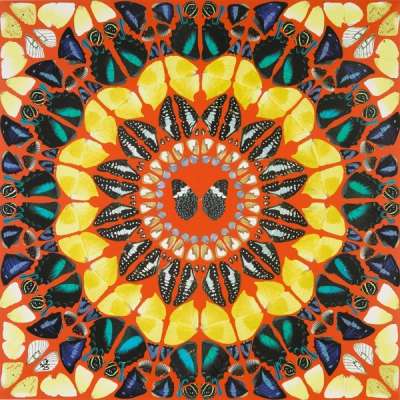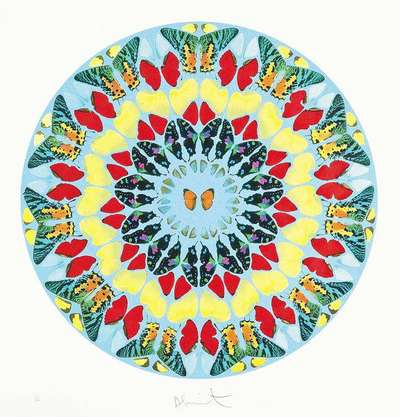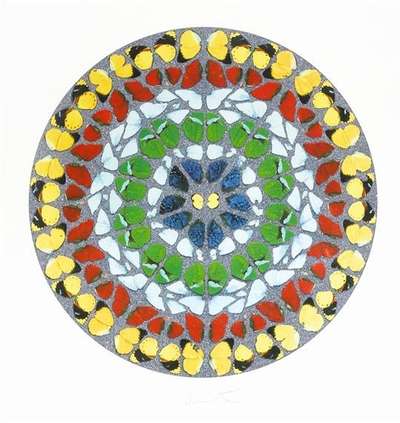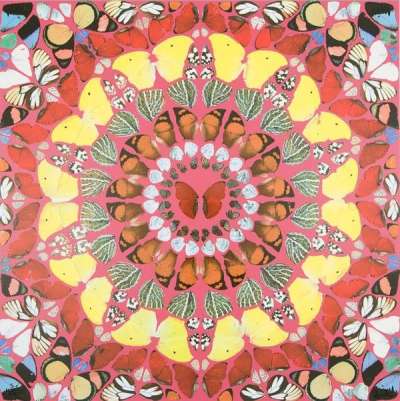
Exaudiat Te Dominus (diamond dust)

Exaudiat Te Dominus (diamond dust)
Signed Print
Damien Hirst
£9,000-£13,500Value Indicator
$18,000-$28,000 Value Indicator
$17,000-$25,000 Value Indicator
¥80,000-¥130,000 Value Indicator
€11,000-€16,000 Value Indicator
$90,000-$140,000 Value Indicator
¥1,750,000-¥2,620,000 Value Indicator
$11,500-$17,000 Value Indicator
AAGR (5 years) This estimate blends recent public auction records with our own private sale data and network demand.
There aren't enough data points on this work for a comprehensive result. Please speak to a specialist by making an enquiry.
Medium: Screenprint
Edition size: 50
Year: 2010
Size: H 74cm x W 72cm
Signed: Yes
Format: Signed Print
Track this artwork in realtime
Watch artwork, manage valuations, track your portfolio and return against your collection
Track auction value trend
Auction Results
| Auction Date | Auction House | Location | Hammer Price | Return to Seller | Buyer Paid |
|---|---|---|---|---|---|
| January 2025 | Phillips London | United Kingdom | |||
| July 2017 | Christie's New York | United States |
Meaning & Analysis
Exaudiat Te Dominus is a signed screen print in colours with diamond dust produced by renowned contemporary artist, Damien Hirst. Rendered on a circular canvas, in this print, Hirst produces a delicate pattern of concentric circles made of butterfly wings. The circles emanate from a tiny butterfly in the centre of the composition. While many of the prints in this series are made with bold colours such as dark reds and blues, the colours in this print are much lighter, with yellow and orange dominating the composition.
The print, made in 2010, is part of the artist’s Psalms series which Hirst started in 2008. Composed of 150 works, the series can be viewed alongside the Kaleidoscope series, an ambitious project started by the artist in 2001, which was inspired by the intricate pattern of butterfly wings Hirst saw on an old Victoria tea tray. All of the prints in the Psalms series are made using butterfly wings on painted canvases and are named after a psalm from the Old Testament.
The names of the prints are just one element of the works which are influenced by religion. The butterfly itself is an icon that carries significant religious symbolism, being used by the Greeks to represent the Psyche or the soul, as well as signifying the resurrection in Christian imagery. The patterns also resonate with the circular patterns of Buddhist mandalas.

